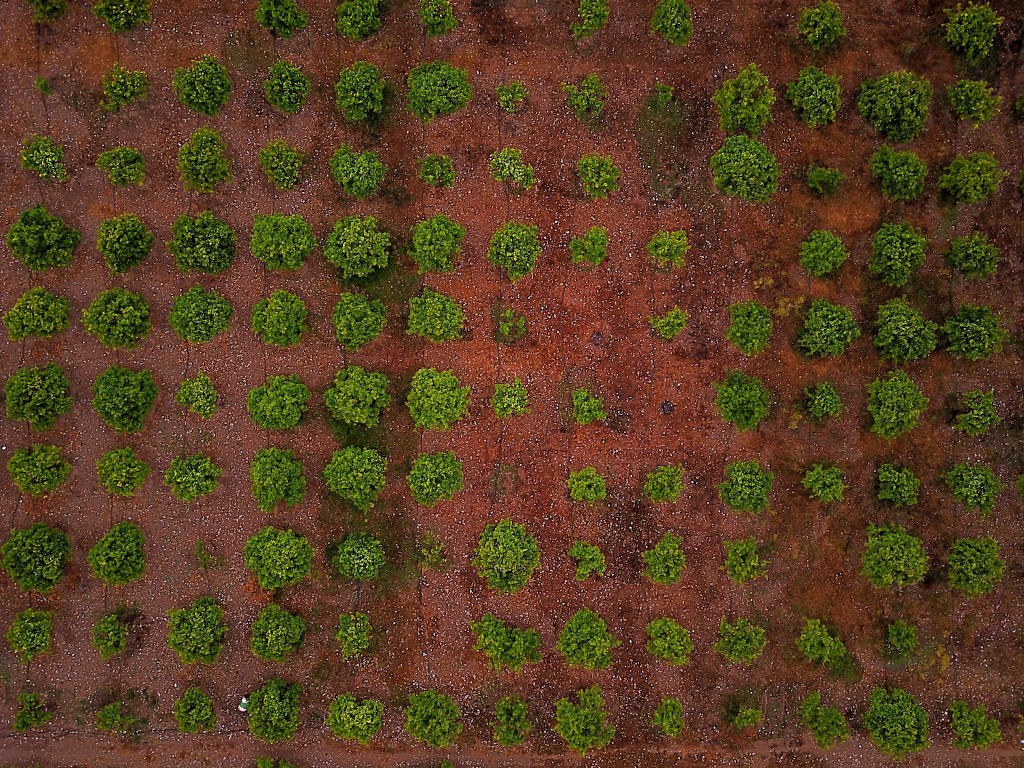#Featured: ImpactAlpha Original
On holiday in Provence, a reflection on resilience. Our resident quiz-master, Jérôme Tagger, was in a contemplative mood as he crossed the 2,000-year-old Roman bridge in the town of Vaison-la-Romaine. Memories of his youth in France mixed with contemporary concerns about resilience and preparedness. The town flooded a quarter-century ago, just as Houston, Niamey and Nepal did this week. The bridge stood.
Resilience matters. It’s a key educational component for children, an important characteristic for organizational leaders. Resilience is not just the strength to withstand storms. It’s adaptability, malleability and perseverance. It requires both stewards, to preserve what is valuable, and makers, to create and improve.
Enjoy your break from The Brief Quiz, and find a moment to read “Taking the long view in Provence,” by Jérôme Tagger on ImpactAlpha.
Taking the long view in Provence
#ICYMI: Brief highlights
From ‘Condemn and Disband’ to ‘Invest and Transform.’ Corporate CEOs took a collective stand against racism and white supremacy. What do they stand for? ImpactAlpha’s David Bank says it’s time for the CEOs to make sustainable, inclusive prosperity their common cause, at home and abroad.
From ‘Condemn and Disband’ to ‘Invest and Transform’
After Charlottesville, does impact investing even matter? Village Capital’s Ross Baird has some thoughts for changes impact investors can make to push back on racial discrimination and economic dislocation.
After Charlottesville, does impact investing even matter?
Which of the 17 global goals do impact investors prefer? The most popular Sustainable Development Goals, according to investors: № 1 (No poverty), № 3 (Good health), № 6 (Clean water) and №7 (Affordable and clean energy). Life in water (№ 14), Life on land (№ 15), and Peace and justice (№ 16)? Not so much.
Which of the 17 U.N. global goals do impact investors prefer?
How the right data can drive performance for people and the planet. All investments have an impact. But what type of impact and how does it compare? In the third installment in our Operation Impact series, the Impact Management Project identifies five dimensions of “impact.”
Impact Management: How the right data can drive performance for people and the planet
#Dealflow: Follow the Money
Revolution and DBL back BrainScope’s brain injury scanner. The Bethesda, Md., company raised $16 million in equity financing from Nancy Pfund DBL Partners and Steve Case’s venture firm, Revolution (Maryland Venture Fund and ZG Ventures also participated in the round). BrainScope’s FDA-cleared noninvasive device scans for traumatic brain injuries by tracking electrical activity; it can detect injuries up to three days after a traumatic incident. “We consistently heard from clinicians that the BrainScope product was a true breakthrough,” DBL’s Cynthia Ringo says.
Impact Hub Austin launches affordable housing accelerator. The search for affordable housing solutions continues. Among the recent efforts: Chan-Zuckerberg Initiative’s funding for teacher housing in the Bay Area; KKR’s commitment to low-cost homes in India; and the Netherlands’ €2 billion in affordable housing bonds. Now comes Impact Hub Austin, which is trying to address the strain housing costs are putting on more than a third of city residents with an Affordable Housing Accelerator. “If we don’t solve affordability and we lose the people in these communities, we will lose the creative energy and spark,” Mayor Steve Adler said at the accelerator’s launch. The three-month program is supported by Google, Chase and the Austin Board of Realtors. Applications are open.
Affordable education venture NEST raises funding for Indian learning centers. The Gurgaon-based startup, Naandi Education Support And Training (NEST), is a for-profit spinoff of the Naandi Foundation. NEST runs two low-cost “tech-and-brick” learning centers — physical centers that enroll underserved primary school-aged children for tech-based teaching. It aims to reach 10,000 children by 2022. NEST has raised $625,000 from the Dell Foundation and Anand Mahindra, chairman of the Indian conglomerate Mahindra Group, to support that mission. Mahindra recently backed another education startup, Thinkerbell Labs, which caters to India’s visually impaired.
#2030: Long-Termism
Too much of a good thing in China’s solar boom? The world’s biggest floating solar farm, built atop a former coal mine, generated press as well as electricity when it went online several months ago. The 40-megawatt farm, built in the coal-rich Chinese city of Huainan, consists of 120,000 photovoltaic panels over 86 hectares, and it generates enough electricity to power 15,000 homes a year. Looking something like enormous metallic lily pads, the chimeric union of nature and tech is something to behold. The farm was designed to last 25 years, which means that it should still be pumping out electricity through 2042.
By then, China may be facing another problem: the country has more solar capacity than any other country in the world, and it intends to invest at least $361 billion in renewables by 2020. But China has already more than doubled its 2020 solar power target. Installations like the floating solar farm are dramatically exceeding expectations, producing more than 112 gigawatts and topping the government’s goal of 105 gigawatts by 2020. This has led to a rising curtailment rate, a measure of the amount of power that could have have been generated and used but wasn’t. The country lost 15.5% of potential solar energy in five northwest provinces last year.
And China needs to find space for all of the panels. Its new target of 213 gigawatts by 2020, or five times larger than the current capacity of the U.S., would cover an area of land equivalent to greater London.











